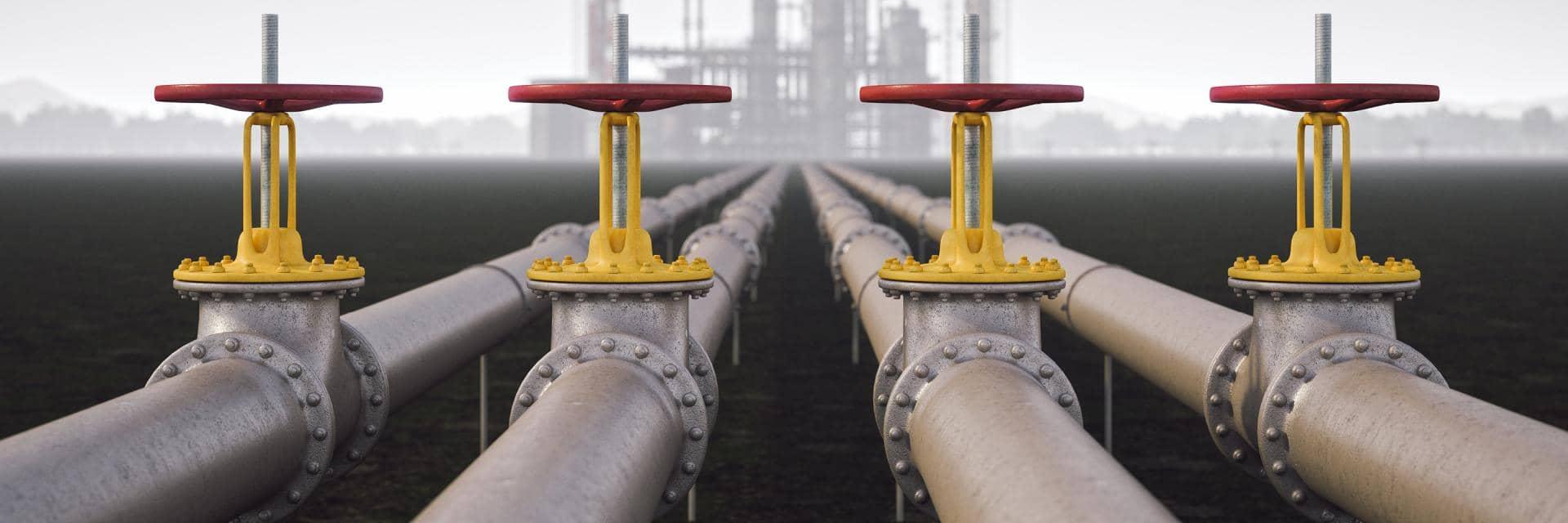
Market Perspectives April 2023
Welcome to our April edition of “Market Perspectives”, the monthly investment strategy update from Barclays Private Bank.

Commodities
Dorothée Deck, Cross Asset Strategist
Broad-based commodity prices have plunged by 24% since their peak on 9 June 2022, as fears of a recession and potential demand destruction gained traction.
Based on the S&P GSCI Commodity price index, the decline was mainly driven by energy (-33%), industrial metals (-9%) and agriculture (-16%), while precious metals added 6% over the period (see chart).

On a 12-month view, commodities can be particularly helpful in hedging a portfolio against inflation and geopolitical risk.
Commodities have historically been one of the best hedges against inflation.
For more details on the sensitivity of commodities and other asset classes to inflation surprises, and to the inflation factor more generally (combining inflation surprises and inflation prints), see How to diversify portfolios and hedge inflation risk: from commodities to bitcoin (November 2021)1 and How to diversify investments whatever the macro weather (October 2021)2
However, in the near term, commodity prices are likely to remain very volatile, as the growth and inflation outlook remains highly uncertain.
Price action is likely to be driven by the news flow around the geopolitical situation and energy supply levels in Europe, as we as the reopening of the Chinese economy, after the government suddenly lifted its zero-COVID policy in December, Beijing’s policy support, and the state of global supply chains.
Short-term risks versus longer-term opportunities
The following section looks at the short-term risks and longer-term opportunities for energy, industrial metals, and precious metals in more detail.
Energy prices soared between January to mid-June last year, following the EU’s embargo on Russian oil supplies and the Organization of the Petroleum Exporting Countries’ (Opec) reluctance and inability to increase output.
However, prices have since rolled over as the risk of a recession increased, along with potential demand destruction. The price of Brent declined from a peak of $128 a barrel in March 2022, to $78 a barrel in March 2023.
While global demand for oil and gas is at risk from an economic slowdown, energy prices should be supported by tight supplies, geopolitical tensions and rising Chinese demand. The country’s domestic and international travel has already rebounded strongly, and is starting to feed through to more demand for oil. Increased restrictions on Russian oil will probably also support the price.
However, in the near term, energy markets are likely to remain highly volatile. Any setback in China’s recovery or disappointment in global economic activity would adversely hit energy prices.
There is much uncertainty in the market at present, with futures markets predicting a decline in the price of Brent crude oil, from $78 a barrel in March to $76 a barrel by year-end and $73 a barrel by December 2024. Analysts are more optimistic and anticipate that the price will jump to $90 a barrel by year-end (according to Bloomberg’s median forecast on 28 March) with forecasts ranging between $69 and $110 a barrel.
So far, the market has played the China reopening story primarily through industrial metals. They have gained 16% from their September low (on the 28th of the month), with copper and iron ore up as much as 21% and 24%, respectively. There has been little sign of an increase in industrial metal demand yet, but manufacturing activity is expected to pick up through the year.
China represents about 50% of the global demand for metals (and as much as 65% of seaborne iron ore demand), so it is not a surprise to see prices rebound strongly. But it also means that metal prices are very sensitive to Chinese growth (see chart), and they would be vulnerable to any disappointment in the recovery process.
The long-term outlook for industrial metal prices remains underpinned by favourable long-term supply and demand dynamics. Supply is tight, following under-investment from mining companies over many years. Meanwhile, demand should be supported by the energy transition, especially towards renewable sources.
Precious metals: attractive diversifier while inflation and geopolitical risks remain, but fundamentally expensive
In the current environment, gold should continue to play its role as an attractive portfolio diversifier. The appeal of the yellow metal generally endures as long as inflation, recession and geopolitical risks hang over markets.
However, based on its relationship with real yields, gold appears fundamentally expensive and seems to offer limited upside potential from current levels.
Historically, gold has been negatively correlated with real yields (see chart). This relationship broke down in February 2022, after Russia invaded Ukraine, with gold prices remaining resilient in the face of rising real yields. However, prices would be at risk if geopolitical tensions receded and real yields remained elevated.
Long-term commodities story remains intact
Summing up, commodities appear to be an attractive hedge against inflation and geopolitical risk over the next 12 months. While industrial metal prices have already benefited from the boost to sentiment seen this year around the re-opening of the Chinese economy, energy prices have seen little benefit yet.
With travel being one of the main beneficiaries of the country’s re-opening so far, the resulting increase in the demand for oil should act as a tailwind for the oil price.

Welcome to our April edition of “Market Perspectives”, the monthly investment strategy update from Barclays Private Bank.
This communication is general in nature and provided for information/educational purposes only. It does not take into account any specific investment objectives, the financial situation or particular needs of any particular person. It not intended for distribution, publication, or use in any jurisdiction where such distribution, publication, or use would be unlawful, nor is it aimed at any person or entity to whom it would be unlawful for them to access.
This communication has been prepared by Barclays Private Bank (Barclays) and references to Barclays includes any entity within the Barclays group of companies.
This communication:
(i) is not research nor a product of the Barclays Research department. Any views expressed in these materials may differ from those of the Barclays Research department. All opinions and estimates are given as of the date of the materials and are subject to change. Barclays is not obliged to inform recipients of these materials of any change to such opinions or estimates;
(ii) is not an offer, an invitation or a recommendation to enter into any product or service and does not constitute a solicitation to buy or sell securities, investment advice or a personal recommendation;
(iii) is confidential and no part may be reproduced, distributed or transmitted without the prior written permission of Barclays; and
(iv) has not been reviewed or approved by any regulatory authority.
Any past or simulated past performance including back-testing, modelling or scenario analysis, or future projections contained in this communication is no indication as to future performance. No representation is made as to the accuracy of the assumptions made in this communication, or completeness of, any modelling, scenario analysis or back-testing. The value of any investment may also fluctuate as a result of market changes.
Where information in this communication has been obtained from third party sources, we believe those sources to be reliable but we do not guarantee the information’s accuracy and you should note that it may be incomplete or condensed.
Neither Barclays nor any of its directors, officers, employees, representatives or agents, accepts any liability whatsoever for any direct, indirect or consequential losses (in contract, tort or otherwise) arising from the use of this communication or its contents or reliance on the information contained herein, except to the extent this would be prohibited by law or regulation.
Global equity investing: The benefits of diversification and sizing your allocation, Vanguard, April 2021 https://corporate.vanguard.com/content/dam/corp/research/pdf/Global-equity-investing-The-benefits-of-diversification-and-sizing-your-allocation-US-ISGGEB_042021_Online.pdfReturn to reference
When combining inflation surprises and inflation prints, commodities (especially energy and metals prices) usually react positively to an increase in inflation. Looking at the bigger picture, precious metals generally outperform industrial metals during times of very high inflation, because those are times that are also often associated with tightening monetary policy and negative growth momentumReturn to reference

